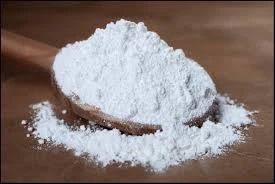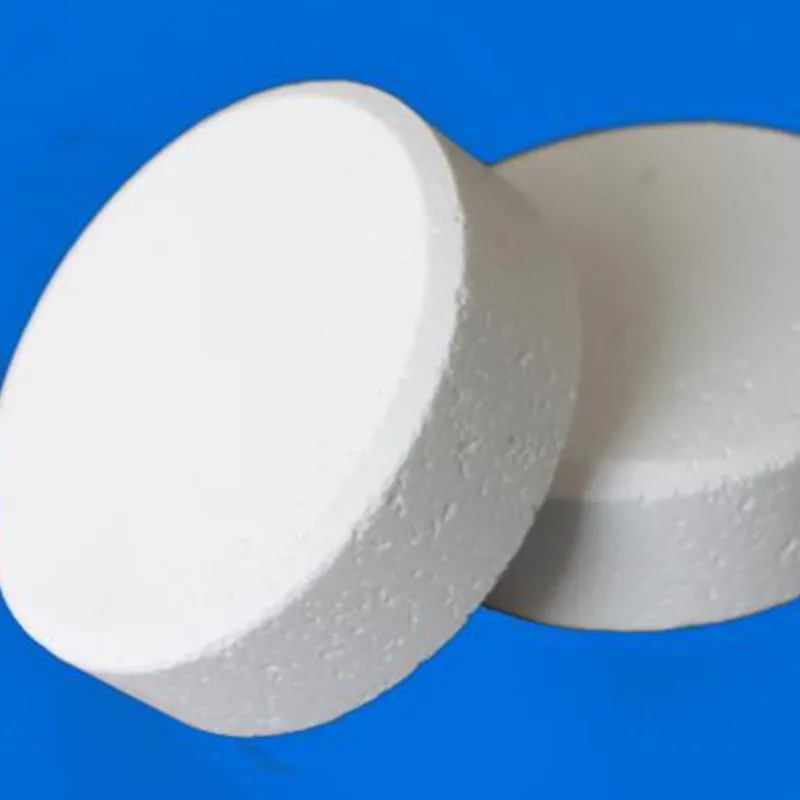
Fev . 15, 2025 07:23
Back to list
Sodium Metabisulfite 97
Preservative 211, more commonly known as sodium benzoate, has sparked much debate in both consumer and scientific circles regarding its application and impact. This compound serves as an antimicrobial preservative commonly used in a wide array of products including foods, cosmetics, and pharmaceuticals. Its prime advantage lies in its effectiveness in combating yeast and bacteria growth, which directly extends the shelf life of products. However, the discourse around sodium benzoate is nuanced, involving considerations of safety, efficacy, and consumer perceptions.
In reconciling sodium benzoate's opposing aspects—its undeniable utility versus the voiced health apprehensions—it is essential to foster open communication between manufacturers, regulatory bodies, and consumers. Regulatory agencies like the Food and Drug Administration (FDA) and the European Food Safety Authority (EFSA) provide guidelines and safety limits for sodium benzoate usage to safeguard consumer health, thereby maintaining trust. Producers are urged to adhere to these guidelines strictly while also investing in alternative preservation solutions to cater to the market's evolving demands. Consumer education plays a vital role in this dynamic, allowing informed choices based on factual and scientific data. As awareness regarding preservatives heightens, consumers are more inclined to research and question the ingredients within their everyday products. Clear, accessible scientific communication and education initiatives can alleviate undue fears, guiding consumers toward informed decisions about sodium benzoate-containing products. Sodium benzoate, or preservative 211, exemplifies the complexity inherent in modern preservation techniques—balancing innovations in food safety and longevity with the increasing insistence on transparency and health considerations. As the dialogue around preservatives continues to evolve, the path forward requires mutual effort from all stakeholders to reinforce trust, prioritize public safety, and embrace sustainable practices. In this landscape, sodium benzoate remains both a key player and a touchstone for broader conversations about chemical safety, diet, and the nexus of modern production practices in realizing a balanced, informed consumer marketplace.


In reconciling sodium benzoate's opposing aspects—its undeniable utility versus the voiced health apprehensions—it is essential to foster open communication between manufacturers, regulatory bodies, and consumers. Regulatory agencies like the Food and Drug Administration (FDA) and the European Food Safety Authority (EFSA) provide guidelines and safety limits for sodium benzoate usage to safeguard consumer health, thereby maintaining trust. Producers are urged to adhere to these guidelines strictly while also investing in alternative preservation solutions to cater to the market's evolving demands. Consumer education plays a vital role in this dynamic, allowing informed choices based on factual and scientific data. As awareness regarding preservatives heightens, consumers are more inclined to research and question the ingredients within their everyday products. Clear, accessible scientific communication and education initiatives can alleviate undue fears, guiding consumers toward informed decisions about sodium benzoate-containing products. Sodium benzoate, or preservative 211, exemplifies the complexity inherent in modern preservation techniques—balancing innovations in food safety and longevity with the increasing insistence on transparency and health considerations. As the dialogue around preservatives continues to evolve, the path forward requires mutual effort from all stakeholders to reinforce trust, prioritize public safety, and embrace sustainable practices. In this landscape, sodium benzoate remains both a key player and a touchstone for broader conversations about chemical safety, diet, and the nexus of modern production practices in realizing a balanced, informed consumer marketplace.
Next:
Latest news
-
PE and PP Plastics with Benzotriazole AdditivesNewsJun.12,2025
-
How Glacial Acetic Acid Balances pH to Combat Food SpoilageNewsJun.12,2025
-
Food Additives in China: Embracing the GreenNewsJun.12,2025
-
Cyanide Mining Gold Extraction and the Rise of Complementary ChemicalsNewsJun.12,2025
-
Ammonium Nitrate in Pharmaceutical ManufacturingNewsJun.12,2025
-
Aluminum Hydroxide in Glass and Ceramics ManufacturingNewsJun.12,2025
-
Mining Chemicals: Cyanide in Gold MiningNewsJun.04,2025
HOT PRODUCTS
Hebei Tenger Chemical Technology Co., Ltd. focuses on the chemical industry and is committed to the export service of chemical raw materials.
-

view more DiethanolisopropanolamineIn the ever-growing field of chemical solutions, diethanolisopropanolamine (DEIPA) stands out as a versatile and important compound. Due to its unique chemical structure and properties, DEIPA is of interest to various industries including construction, personal care, and agriculture. -

view more TriisopropanolamineTriisopropanolamine (TIPA) alkanol amine substance, is a kind of alcohol amine compound with amino and alcohol hydroxyl, and because of its molecules contains both amino and hydroxyl. -

view more Tetramethyl Thiuram DisulfideTetramethyl thiuram disulfide, also known as TMTD, is a white to light-yellow powder with a distinct sulfur-like odor. It is soluble in organic solvents such as benzene, acetone, and ethyl acetate, making it highly versatile for use in different formulations. TMTD is known for its excellent vulcanization acceleration properties, which makes it a key ingredient in the production of rubber products. Additionally, it acts as an effective fungicide and bactericide, making it valuable in agricultural applications. Its high purity and stability ensure consistent performance, making it a preferred choice for manufacturers across various industries.











